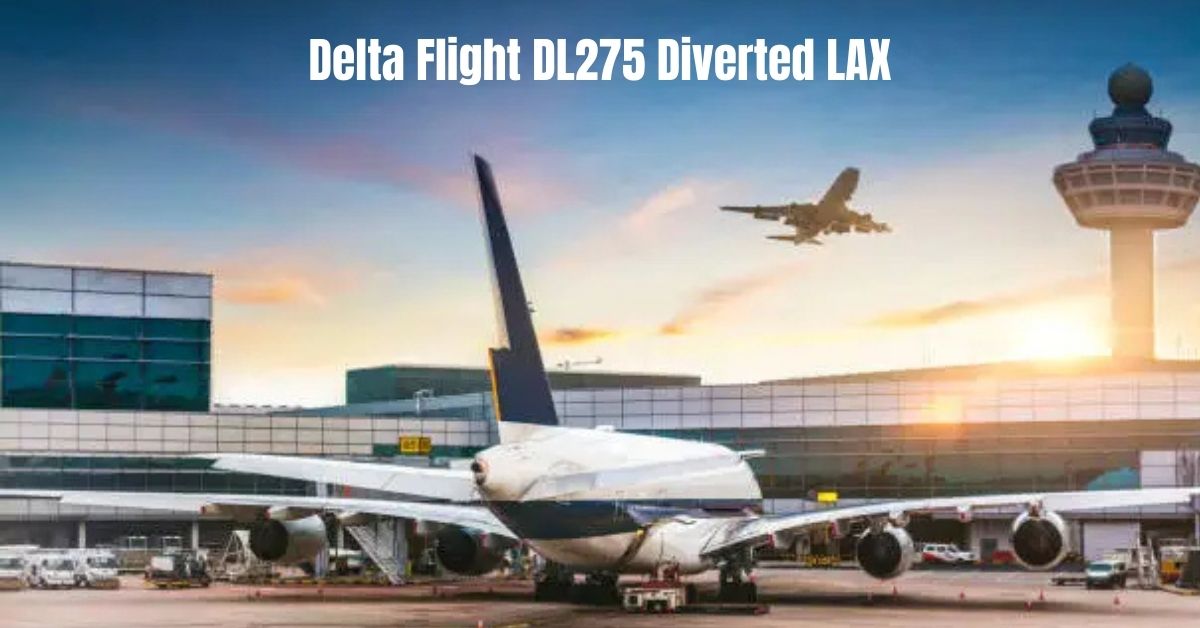Delta flight DL275 bound for Tokyo Haneda from Detroit took an unexpected turn when a technical issue forced a diversion—all the way to LAX. This article unpacks how the flight veered off course, what prompted the decision to reroute, and how everyone on board was kept safe and informed.
Incident Overview: Emergency Over the Pacific
Shortly into its trans-Pacific journey, DL275 reported a malfunction in the engine anti-ice system. Though not immediately critical, the issue risked ice buildup—a serious threat at cruising altitude. Prioritizing safety, the pilots declared a precautionary diversion, choosing LAX for its strong emergency support capabilities and Delta maintenance presence. The aircraft reversed course and successfully landed on the West Coast.
Why LAX Was the Smartest Choice
Several factors made Los Angeles the best diversion point:
-
Delta’s Maintenance Hub: LAX houses advanced support and can handle an Airbus A350-900 efficiently
-
Proximity and Weather: Positioned conveniently along the corridor from Detroit to Tokyo, it offered a shorter safe route.
-
Full Staff and Infrastructure: Ground resources were already in place to manage aircraft servicing and passenger assistance swiftly
Crew Reaction and Passenger Experience
When the anti-ice alert sounded, the flight crew acted instantly. They informed air traffic control, declared a non-critical emergency, and began rerouting while clear communication with cabin staff ensured passengers remained calm. Landing without incident, the crew transferred passengers efficiently—helping with rebookings, accommodations, and emotional support. Many passengers commented on the crew’s calm professionalism in such a tense moment.
Technical Breakdown: Understanding the Anti-Ice Issue
The engine anti-ice system is vital at high altitudes, where ice can disrupt airflow or engine components. In this case:
-
Sensors flagged a malfunction before escalation.
-
The crew chose early diversion over risk, reflecting aviation’s proactive safety stance.
-
On the ground at LAX, maintenance teams were able to diagnose and repair swiftly—without delay to overall operations.
The Ripple Effects of the Diversion
The diversion impacted operations across several fronts:
-
Passenger Logistics: Rebooking and coordinating accommodations—with LAX’s infrastructure easing the process.
-
Operational Costs: Diversions are costly—covering fuel, staffing, and repair logistics.
-
Flight Scheduling: Aircraft availability shifted, requiring tactical adjustments to Delta’s network.
Even so, the priority was ensuring everyone’s safety and comfort above all.
Key Takeaways for Future Travel
-
Safety Systems Work: DL275’s diversion shows aircraft safety protocols are designed to prevent emergencies before they escalate.
-
Communication Matters: Calm, clear messaging from flight staff made a crucial emotional difference.
-
Always Be Prepared: Travelers benefit from packing essentials in carry-ons and staying adaptable when plans suddenly shift.
Broader Impact: Aviation Safety Culture
This event highlights how modern aviation blends technology, training, and foresight. From predictive systems to crisis communication, each layer works to keep flights safe—even during unexpected technical glitches.
Conclusion
Delta flight DL275’s diversion to LAX wasn’t cause for alarm—it was a textbook execution of safety-first aviation. A minor technical alert became a safe landing thanks to careful piloting, capable infrastructure, and transparent communication. In aviation, it’s not just the journey—but all the safety nets built into it—that keep us flying with confidence
